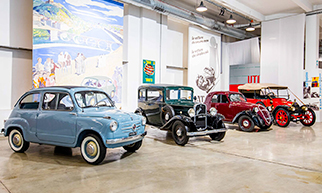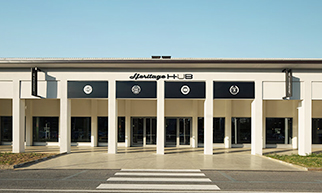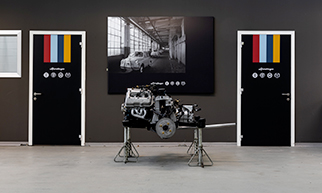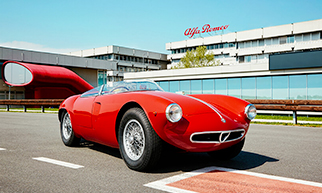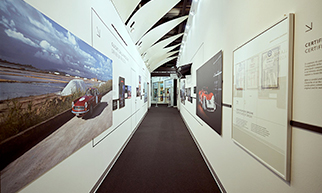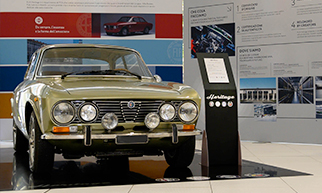Miki Biasion and Tiziano Siviero's victory in the Delta HF Integrale Gr. A at the 1988 Safari Rally was really one of the most coveted wins of all for Lancia, which finally triumphed in the most adventurous, unpredictable rally in the world championship, after ten attempts starting with the Fulvias in the 1970s.
Among the countless revered models Lancia has built over its long history, the Delta certainly needs no introduction, not just because it was a genuine best-seller for the Turin brand, built from 1979 to 1993, but also because it wrote some of the most important, most glorious pages in rallying history, winning Lancia the world championship constructor's title on no fewer than six consecutive occasions, from 1987 to 1992.
Amongst the Delta's innumerable racing successes, the Safari Rally occupies a special place. This major competition, known to the cognoscenti as “the Safari”, originated in 1953 as the East African Coronation Safari to celebrate the coronation of Queen Elizabeth II and became one of the toughest, most exhausting races for cars and crews, forced to hurtle across the savannah and deal with the thousand difficulties which could arise along their way.
The star of the 1988 edition was one of the 17 Delta Group A second series cars prepared by the Lancia Racing Team, which replaced the Delta HF 4WD cars, title-holders and victorious ever since their debut at the 1987 Montecarlo Rally. The 1988 Delta HF Integrale cars differed from their 4WD predecessors in their wider wheel arches to accommodate larger tyres, bigger front air inlets and a new 6-speed transmission. The suspensions were reinforced but the car still weighed about 23 kg less, while the driveline architecture remained the same: permanent 4WD, ZF self-locking differential at the front, limited-slip Ferguson viscous-coupling-controlled epicyclic central differential and Torsen differential at the rear.
The version prepared for the Safari Rally had higher ground clearance, a reinforced body and extensive external protective guards, which were providential, as we will see. The gear ratios were also particularly high, to generate all the speed needed on the long straight stretches. As well as the bank of auxiliary depth lights mounted on the bonnet and the front bull-bar, two headlights were also added on the front mudguard, near the windscreen. Two small hatches in the roof attempted to alleviate the scorching heat inside the cockpit.
The victory in Nairobi in Kenya in 1988 was an all-Italian affair: the team, the car, the driver, the navigator and even the sponsor were all Italian! The Lancia Delta Integrale Martini, driven by Miki Biasion and Tiziano Siviero, achieved the top spot on the podium.
The race started from Nairobi on 31 March 1988. On the starting-line were 54 cars, ready to travel the 4,205.77 kilometres disseminated with 82 checkpoints. The exhausting African rally, which has always been the harshest test in the World Rally Championship, certainly gave no quarter in this, its 36th edition, as 40 teams failed to reach the finish.
The determination of the Lancia squad gave the team of Biasion-Siviero the support they needed to overcome the fatigue and stress, gaining ground over their rivals in the final section and achieving victory. The event was not without its hazards and surprises, such as a very close call with a zebra, which luckily did not have disastrous consequences: car no. 6 still bears the marks of this "encounter" on its left front mudguard.
This major achievement was repeated the following year, and then again in 1991.
FCA Heritage considers it fundamental to conserve this car, so steeped in significance and glory for the Turin constructor, in completely original condition, including the "injuries" sustained in the race. Exhibited in “The Rally Era” themed area of the Heritage HUB in Mirafiori, it bears witness to the undisputed supremacy of the Delta Group A cars in the rallies of those years.
